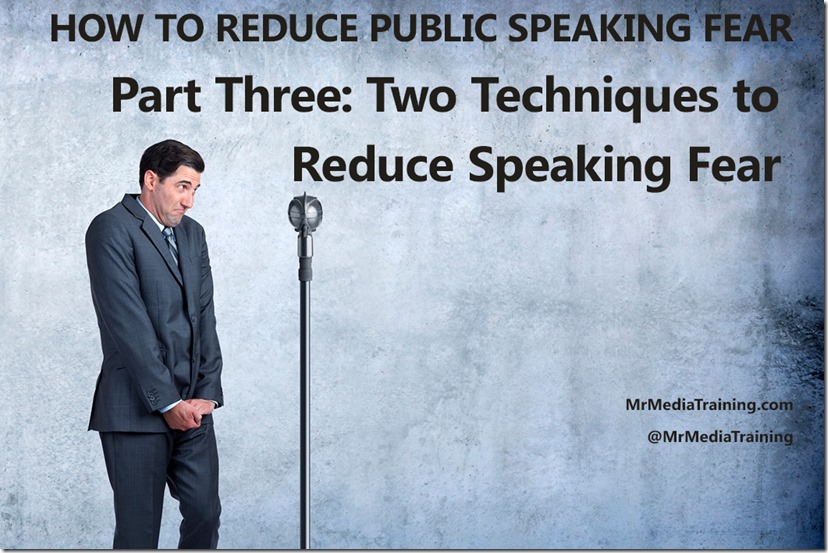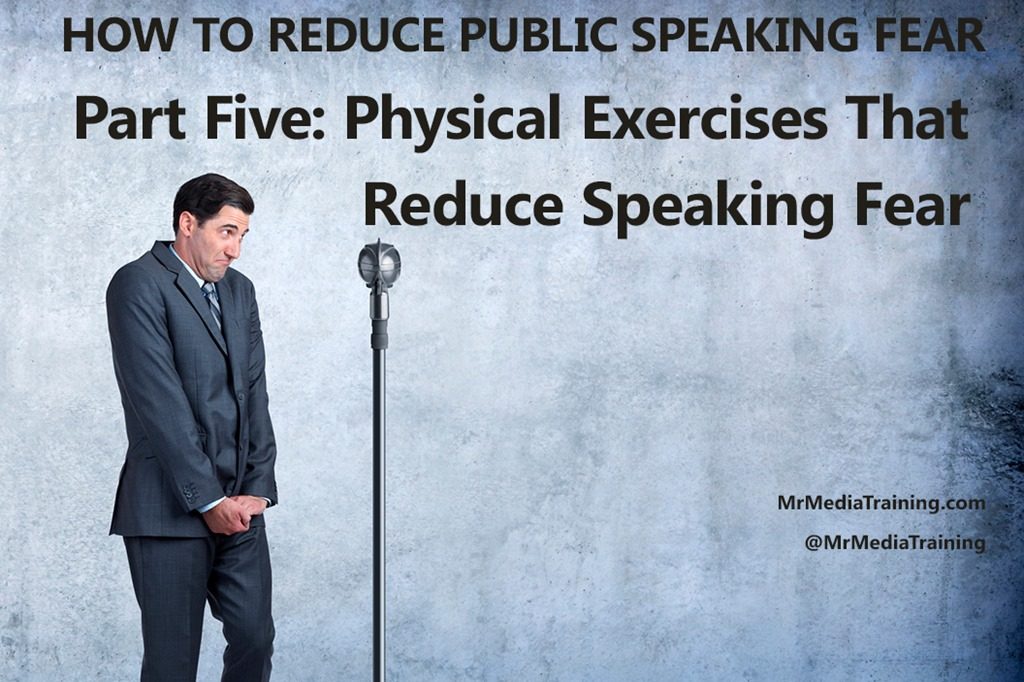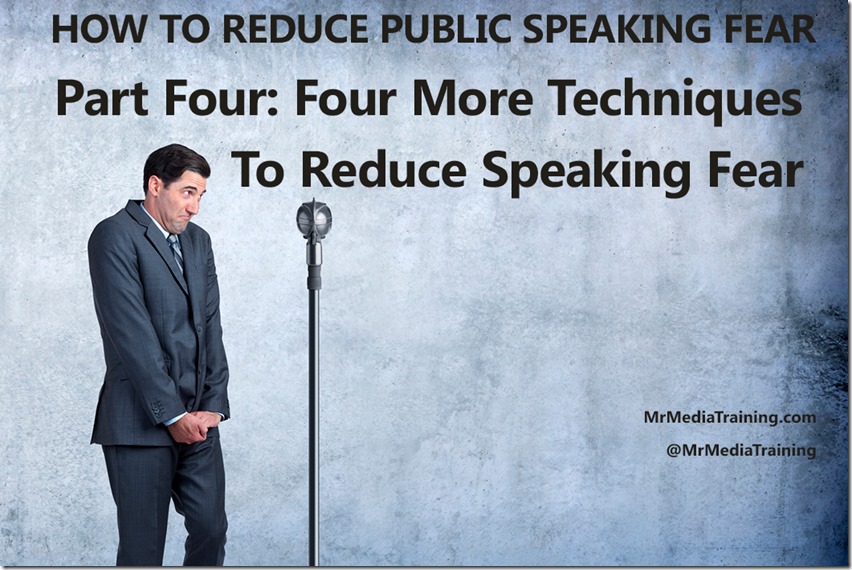Two Ways To Reduce Public Speaking Fear
This is the third post in a five-part series that will help you manage and reduce your fear of public speaking.
For most speakers, the best way to create a positive speaking mindset comes down to the three Ps:
Preparation: Getting familiar with or studying your material, organizing your thoughts in a logical sequence, and developing an engaging presentation
Practice: Spending a sufficient amount of time practicing, gaining comfort with the speech flow, and working out any kinks
Presenting: Gaining more presentation experience over time, which reduces the fear of the unknown, particularly as speakers receive positive feedback from their audiences
The three Ps are time-tested ways to reduce anxiety (just make sure to avoid the fourth P: procrastination). This lesson focuses on two additional perspective shifts that can help you gain greater comfort whenever you step in front of an audience.
1. Sideline The Imposter Syndrome
Shortly after starting my business, I was asked by a government agency to bid on a lucrative series of trainings. I spent many days writing a proposal, which ultimately earned me an in-person interview with the three decision-makers.
As I entered the conference room, my insecurity about how they would perceive my age started nagging at me (I was in my mid-30s but looked younger). As I sensed my answers falling flat, my nervousness intensified until I was virtually consumed with self-doubt.
When one of the decision-makers called me weeks later to tell me that they had selected a different company, she said, “Your materials were the best of the three firms we considered. Unfortunately, your interview didn’t match the quality of your materials.”
She was right. I let my negative thoughts sabotage my chances despite the fact that the decision-makers themselves thought I was good enough to become their trainer of choice.
That “imposter syndrome”—the fear of being exposed as under-qualified, undeserving, or even a fraud—is common. One study estimated that as many as 70 percent of people experience it at some point. The imposter syndrome doesn’t discriminate—I’ve worked with hundreds of successful executives and public figures who were skilled at masking their insecurities but felt them acutely.
After losing that government contract, I resolved to shelve my imposter syndrome—or at least leave it at the door while I’m speaking with others. In his book Fearless Speaking, speaking coach and actor Gary Genard discusses a technique called “The Actor’s Box,” which he describes as “an imaginary item: a small cabinet that you lock with a tiny key.” Actors, he explains, “use this box as a temporary home for all the demon-thoughts from their personal lives that are apt to nip at them and spoil their performance.” The genius of this technique is that it doesn’t ask us to pretend we don’t have any doubts; rather, it gives us permission to place them into a metaphorical box on the side of the stage, where they can’t do as much damage, for at least as long as we’re in front of an audience.
2. Create a Counterbalance
At the beginning of our training workshops, I often ask people to identify the areas in which they excel as communicators and the ones in which they’d like to improve. Despite asking them to lead with their strengths, roughly 90 percent of our clients begin by identifying their weaknesses.

After they’ve listed their flaws, I remind them that I also asked for their positive qualities. Reluctantly, they’ll say something like, “Well, I come across as sincere,” or “I know my stuff,” or “I think people know that I genuinely care about this topic.” Those positives are HUGELY important—but their tendency is to brush them aside and acknowledge them only when pushed.
Fear focuses us on our greatest weaknesses, the gaps in our knowledge, and the things that could go wrong. When we’re in the grips of anxiety, we allow the scale to tilt heavily to one side—even when a more objective view would make clear that we also bring profoundly valuable traits to the equation.
If anxiety occupies a disproportionate portion of your energy, take proactive measures to create a counterbalance. Before your next talk, remind yourself of your strengths as a communicator and a person. Write them down. Remind yourself that despite your imperfections as a communicator, you also possess many assets to which the audience will respond favorably. Doing so is a wonderful antidote to the imposter syndrome.
In our next post, we’ll share four additional strategies and perspective shifts to help you reduce your public speaking anxiety.
Our Fear of Public Speaking Series
Part One: Introduction to Public Speaking Fear
Part Two: The Public Speaking Mind-Body Connection
Part Three: This Post
Part Four: Four More Techniques to Reduce Speaking Fear
Part Five: Physical Exercises That Reduce Speaking Fear




Part Two is one of my favorite part! Thank you so much, your article help me a lot!
David